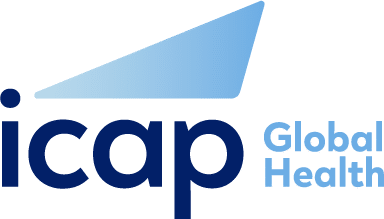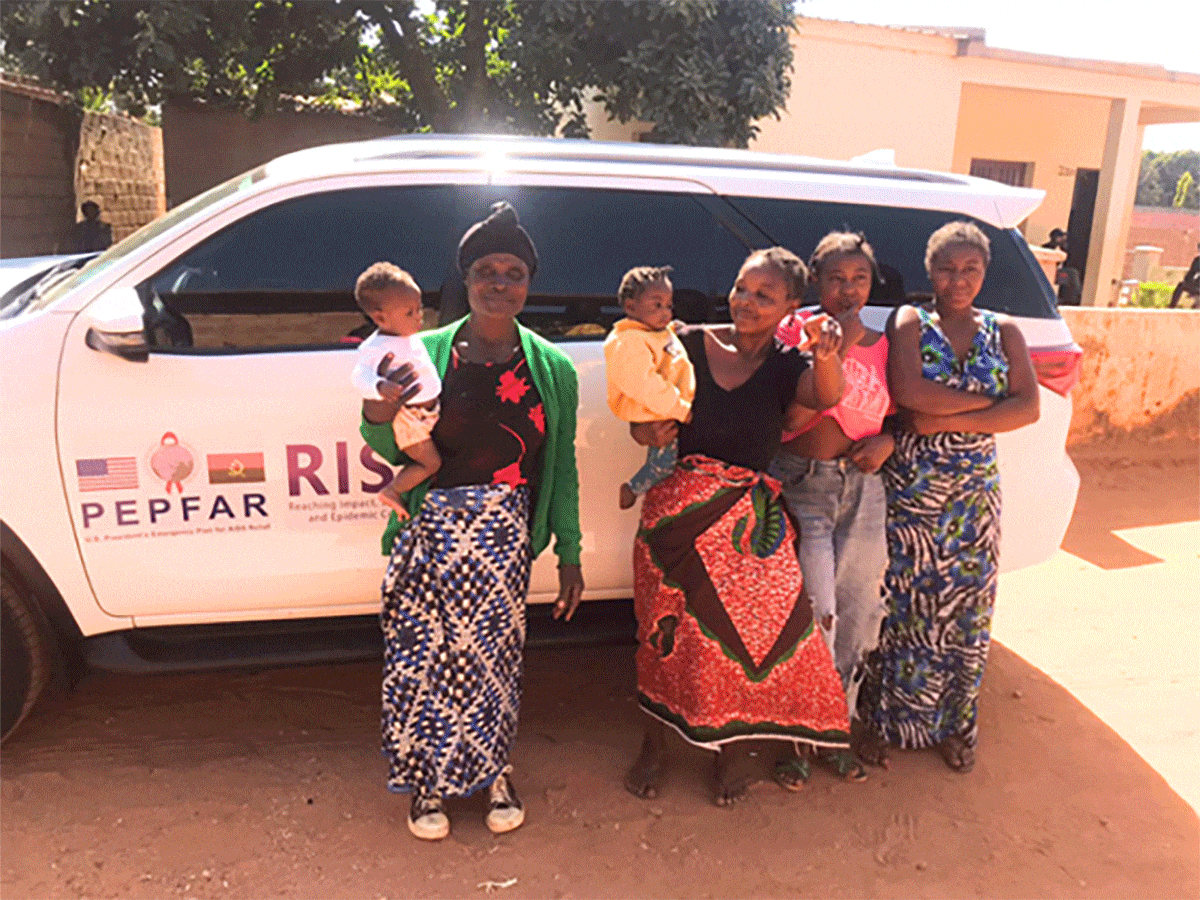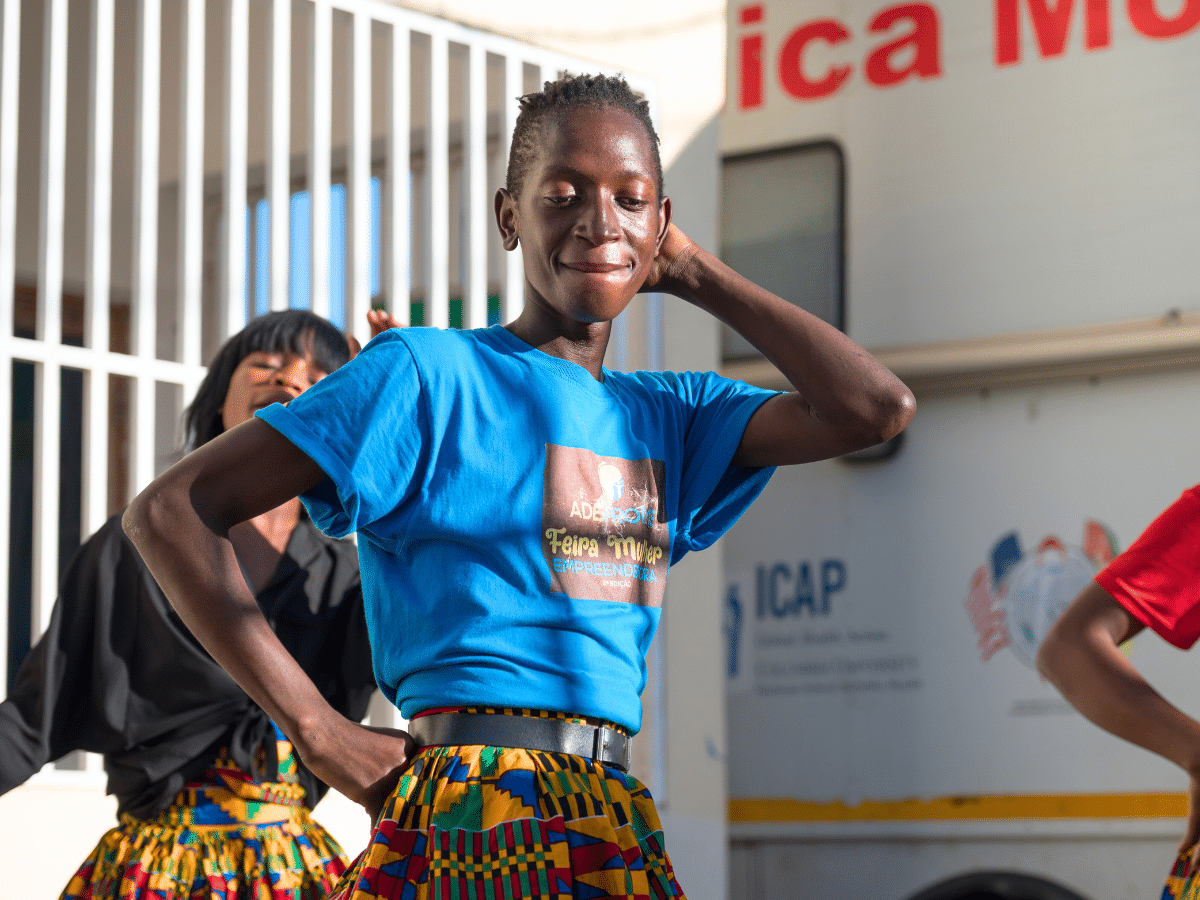“More than 25,000 new HIV infections occur every year in Lesotho,” said Puleng Ramphalla, director of the HIV/AIDS Program in Lesotho.
On June 6, Ms. Ramphalla delivered a presentation at the “Mailman School of Public Health “:http://www.mailman.columbia.edu/on on the key drivers and challenges of the HIV epidemic in Lesotho and outlined the biomedical, social, and structural factors driving one of the highest HIV infection rates in the world. She pointed to two critical areas for intervention— high TB/HIV co-infection rates and limited knowledge of HIV status among Basotho.
“Lesotho also has one of the highest TB incidence rates in the world with 75 percent of TB patients co-infected with HIV.” These statistics reflect a double-jeopardy considering TB is the leading cause of death among people living with HIV.
Following her remarks, Dr. Andrea Howard, director of the Clinical and Training Unit at ICAP, shared an update on ICAP’s work with Ms. Ramphalla and her colleagues at Lesotho’s Ministry of Health. She spoke specifically about efforts to address the high TB/HIV co-infection rates, as well as low HIV testing, ART coverage, and retention in care and treatment.
ICAP has been working in Lesotho since 2005 and, in 2010, began supporting the integration of TB and HIV care. Prior to that, Lesotho’s HIV and TB treatment programs operated as distinct entities with separate care plans. “We needed to begin implementing TB services in HIV clinics and implementing HIV services in TB clinics,” said Ramphalla.
ICAP has worked in close partnership with the MOH to enhance collaboration between these programs and integrate services at all levels of the health system, so that patients can receive care and treatment for both TB and HIV. “Now there is a more coordinated response, one that brings together TB and HIV treatment services,” said Dr. Howard.
This approach has paid off. ICAP monitoring and evaluation data have shown the number of TB/HIV patients initiating ART within the first month of treatment has doubled from 32 percent to 65 percent nationwide over the first two years of the initiative.
Building on this success, in October 2013 ICAP also began supporting the MOH in efforts to achieve higher coverage of ART by expanding HIV testing and counseling, as well as care and treatment. “HIV is a chronic disease in which we must address the continuum of care,” said Dr. Howard. “This begins with everyone knowing their status.” For those who are positive, they must be linked to care, initiated on ART if eligible, connected to other services, and retained in care.
In just six months, 58,538 individuals were tested for HIV at health facilities in the four districts where ICAP provides support—94 percent of the annual testing goal. “It just goes to show, when you have systems in place and work collaboratively with the teams on the ground, people are willing to get tested if they have access to HIV testing,” said Dr. Howard.








